Utah, a western state in the USA, is renowned for its majestic natural wonders and magnificent national parks. If you are passionate about exploring unspoiled beauty and seeking unique ecotourism experiences, Utah is definitely a destination not to be missed.
This article will introduce you to the top ecotourism destinations in Utah, where you can immerse yourself in nature, participate in exciting outdoor activities, and discover diverse ecosystems.
Exploring Utah’s Wild Natural Beauty
1. Zion National Park:
Zion, Utah’s first national park, is a gem with towering red sandstone canyons, the winding Virgin River, and a rich variety of flora and fauna.
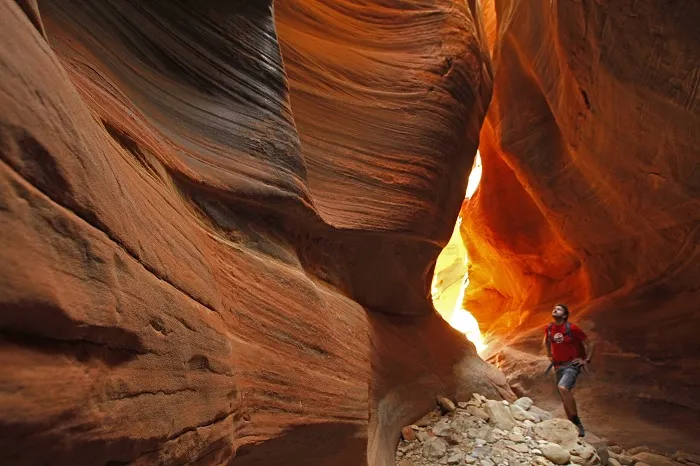
- Activities: Hiking is the most popular activity in Zion, with over 90 miles of diverse trails, from easy paths like the Pa’rus Trail to adventurous challenges like Angels Landing (permit required) and The Narrows, a canyon you explore by wading through water. You can also enjoy rock climbing, canyoneering, and scenic drives along Zion Canyon Scenic Drive.
- Ideal Season: Spring and fall are the best times to visit Zion, with mild and pleasant weather. Summer can be very hot, especially at midday. Winter can bring snow, but hiking is still possible if you are well-prepared.
2. Bryce Canyon National Park:
Bryce Canyon is not actually a canyon, but a collection of giant natural amphitheaters filled with peculiar hoodoo rock formations. These spires are formed by erosion and boast vibrant colors, creating a surreal and unique landscape.
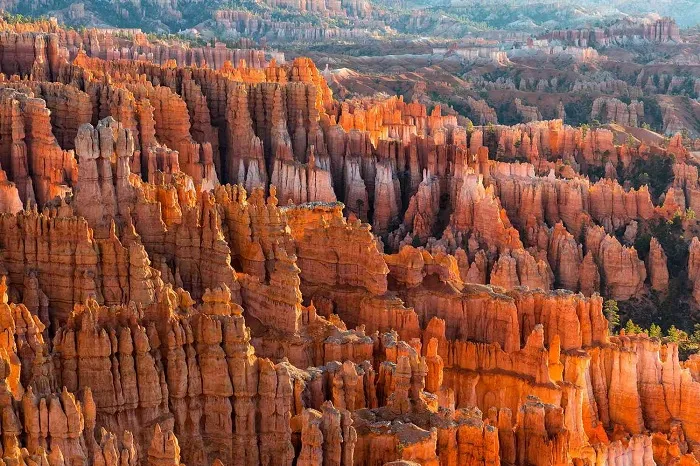
- Activities: Hiking is the best way to explore Bryce Canyon, with numerous trails leading down into the amphitheaters or along the rim. You can also enjoy horseback riding, camping, and stargazing at night, as Bryce Canyon is an International Dark Sky Park.
- Ideal Season: Summer is the most popular time to visit Bryce Canyon, but spring and fall are also beautiful. Winter can bring snow, but hiking and snowshoeing are still possible.
3. Arches National Park:
Arches is home to over 2,000 natural stone arches, the highest concentration in the world. These arches have been formed over millions of years by erosion and come in various shapes and sizes, creating an impressive and unique landscape.
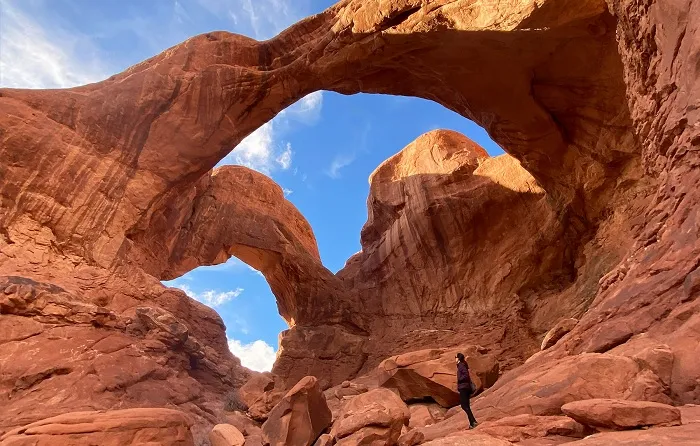
- Activities: Hiking is the main activity in Arches, with many trails leading to famous arches like Delicate Arch, Landscape Arch, and Double Arch. You can also enjoy rock climbing, off-road driving, and stargazing at night.
- Ideal Season: Spring and fall are the best times to visit Arches, with mild and pleasant weather. Summer can be very hot, especially at midday. Winter can bring snow, but hiking is still possible if you are well-prepared.
4. Canyonlands National Park:
Canyonlands is a vast wilderness of deep canyons, winding rivers, and dramatic sandstone formations. This national park is divided into four main districts, each offering different experiences: Island in the Sky, The Needles, The Maze, and Rivers.
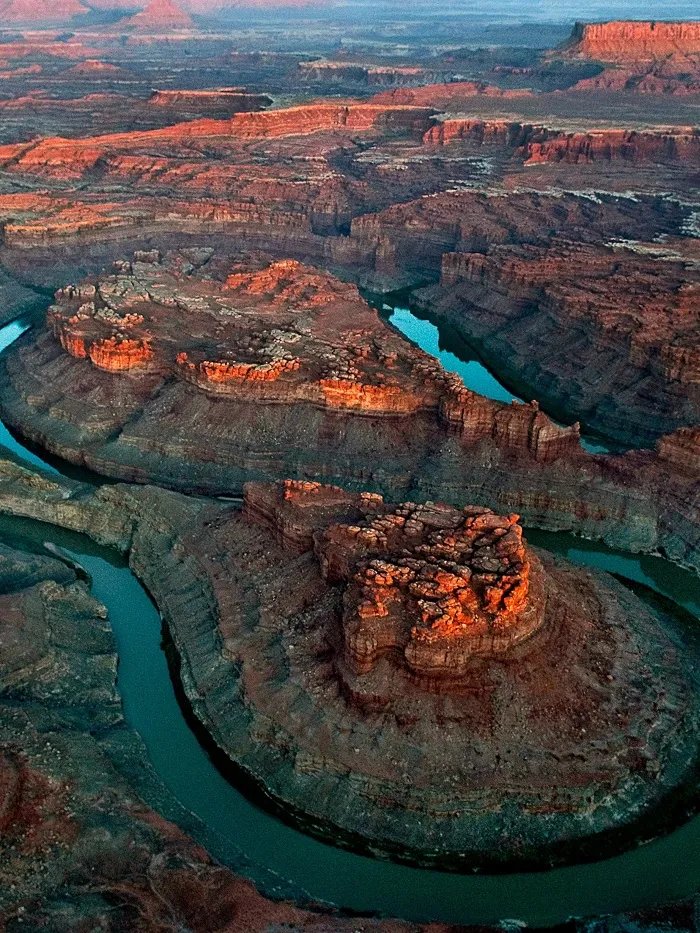
- Activities: Depending on the district you visit, you can enjoy hiking, off-road driving, kayaking, rock climbing, and stargazing. Island in the Sky is the most accessible district with many scenic viewpoints. The Needles is known for its colorful sandstone spires. The Maze is the most remote and challenging district, recommended for experienced adventurers only.
- Ideal Season: Spring and fall are the best times to visit Canyonlands, with mild and pleasant weather. Summer can be very hot, especially at midday. Winter can bring snow, but hiking is still possible if you are well-prepared.
5. Great Salt Lake:
Great Salt Lake is the largest saltwater lake in the Western Hemisphere and a unique ecosystem. The lake is home to various birds, brine shrimp, and other organisms adapted to the salty environment.
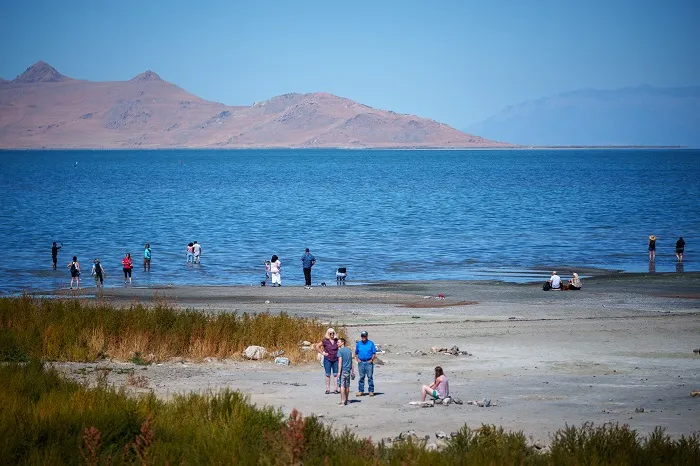
- Activities: You can enjoy kayaking, hiking along the shoreline, birdwatching, and swimming in the salty water (you’ll float easily!). Antelope Island State Park is a popular destination on the lake, offering various outdoor activities and scenic views.
- Ideal Season: Spring and fall are the best times to visit Great Salt Lake, with mild and pleasant weather. Summer can be very hot, but swimming in the lake is still enjoyable. Winter can bring snow, but birdwatching is still possible.
Tips for Ecotourism in Utah
- Prepare thoroughly: Bring enough water, food, sunscreen, a hat, and weather-appropriate clothing.
- Follow regulations: Adhere to the regulations of national parks and preserves, such as no littering, no campfires outside designated areas, and no disturbing wildlife.
- Respect nature: Respect nature and try to minimize your impact on the environment.
- Learn about the local area: Learn about the history, culture, and ecosystems of the areas you visit.
- Support sustainable tourism: Choose tourism service providers who are committed to environmental protection and supporting local communities.
Conclusion
Utah is an exceptional ecotourism destination with countless majestic natural landscapes and unique experiences. Whether you love hiking, rock climbing, kayaking, or simply relaxing and immersing yourself in nature, Utah can meet your needs. Plan your trip today and discover the wild beauty of Utah!